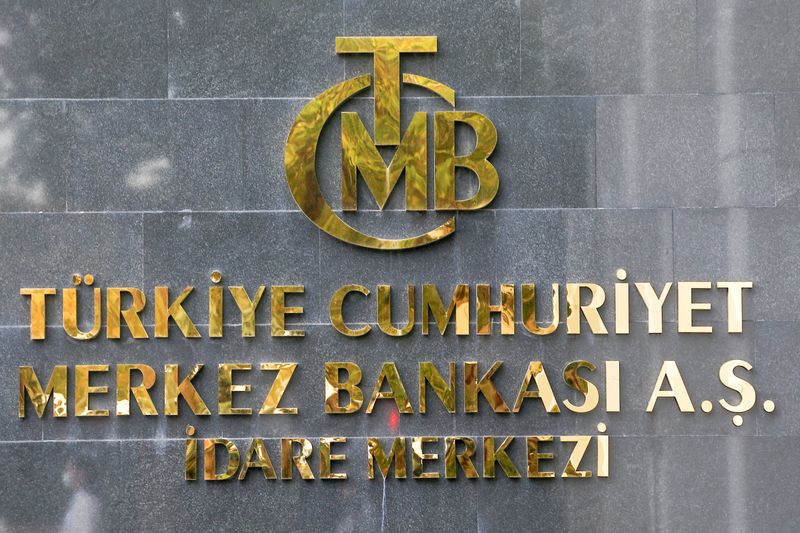Record High for Private Sector's Foreign Debt Burden
According to data published by the Central Bank of the Republic of Turkey (CBRT), the total credit debt of the private sector from abroad has significantly increased, reaching $178.5 billion by the end of September. This increase indicates a total rise of $14.3 billion compared to the end of 2023.
When examined by maturity, long-term credit debts rose by $10.2 billion to $165.2 billion, while short-term credit debts, excluding commercial loans, increased by an additional $4.1 billion to reach $13.3 billion. This situation demonstrates the increasing dependence of the private sector on foreign financing sources.
Changes in the borrowing patterns of banks and financial institutions indicate that long-term borrowing by banks increased by $1.7 billion compared to the end of the previous year, marking a significant rise. During the same period, their debt through bond issuance increased by $3.6 billion to $18.4 billion. This upward trend reveals that banks are securing more resources from international markets.
Conversely, borrowing by non-banking financial institutions decreased by $188 million, and their bond stock fell by $52 million to $1.1 billion. In contrast, non-financial corporations witnessed a $2.2 billion increase in credit-type borrowings and a $2.2 billion rise in their bond stocks, which reached $12.9 billion.
In short-term borrowing, banks increased their share, as their short-term credit borrowing rose by $2.8 billion to $7.3 billion. On the other hand, short-term borrowings by non-financial corporations decreased by $479 million to $1.1 billion. This indicates that banks are playing a more active role in short-term borrowings.
As of the end of September, long-term credit debts to private creditors, excluding bonds, rose by $5.1 billion to $111.9 billion. Short-term credit debts, excluding bonds, to private creditors, increased by $3.5 billion to reach $11.4 billion. This shows that the private sector has borrowed more from private creditors.
Looking at the currency composition of long-term credit debts, 57.6% of these debts are in U.S. dollars, 35.0% in euros, 2.5% in Turkish lira, and 4.9% in other currencies. In short-term credit debts, the share of Turkish lira is notable at 35.3%.
Sector-wise, financial institutions account for 37.6% of total long-term credit debts, while non-financial institutions make up 62.4%. In short-term credit debts, this proportion is significantly in favor of financial institutions at 78.5%. These figures indicate that financial institutions have a greater tendency to borrow.
The principal repayments are expected to reach $54.3 billion. When examining the private sector's credit debts from abroad in terms of maturity, the total principal repayments planned for the next year are projected to amount to $54.3 billion. This suggests that the Turkish private sector will face significant financial obligations in the upcoming period. Given the risks of exchange rate fluctuations and market volatility, these payments emerge as a critical issue that needs to be closely monitored.


